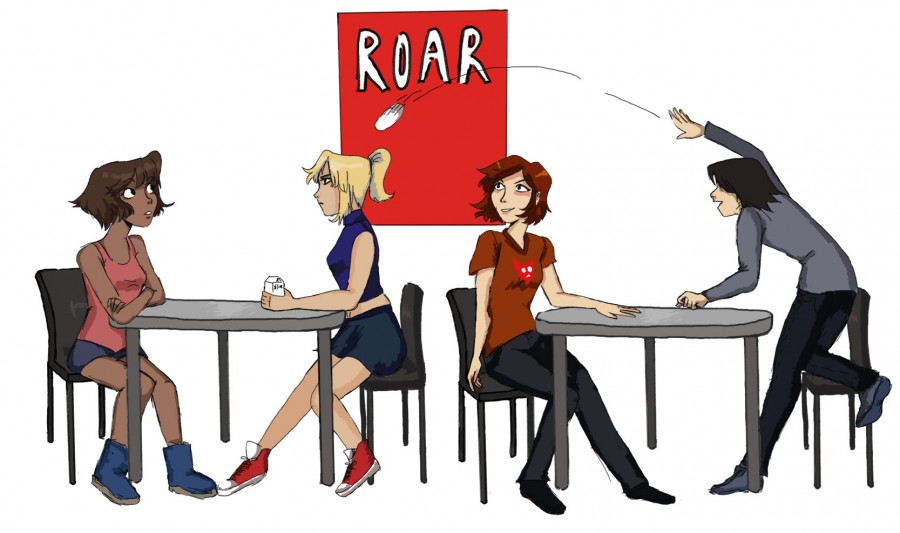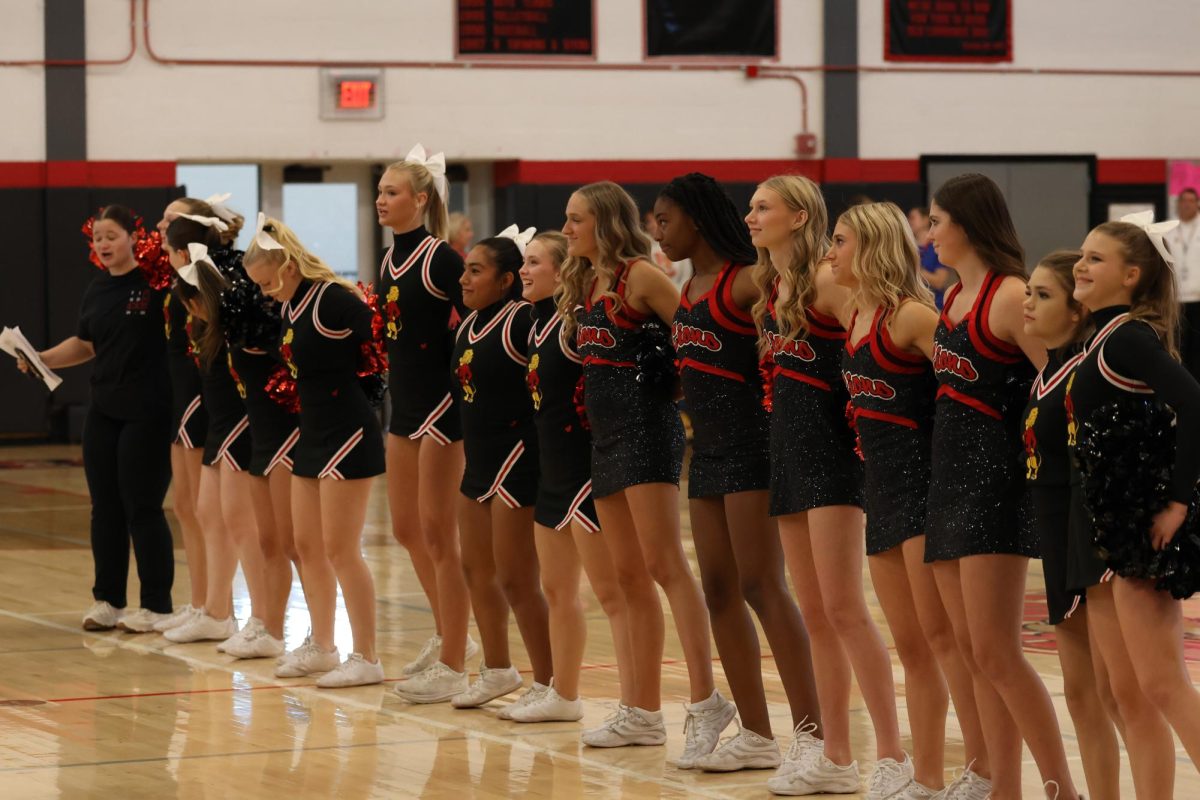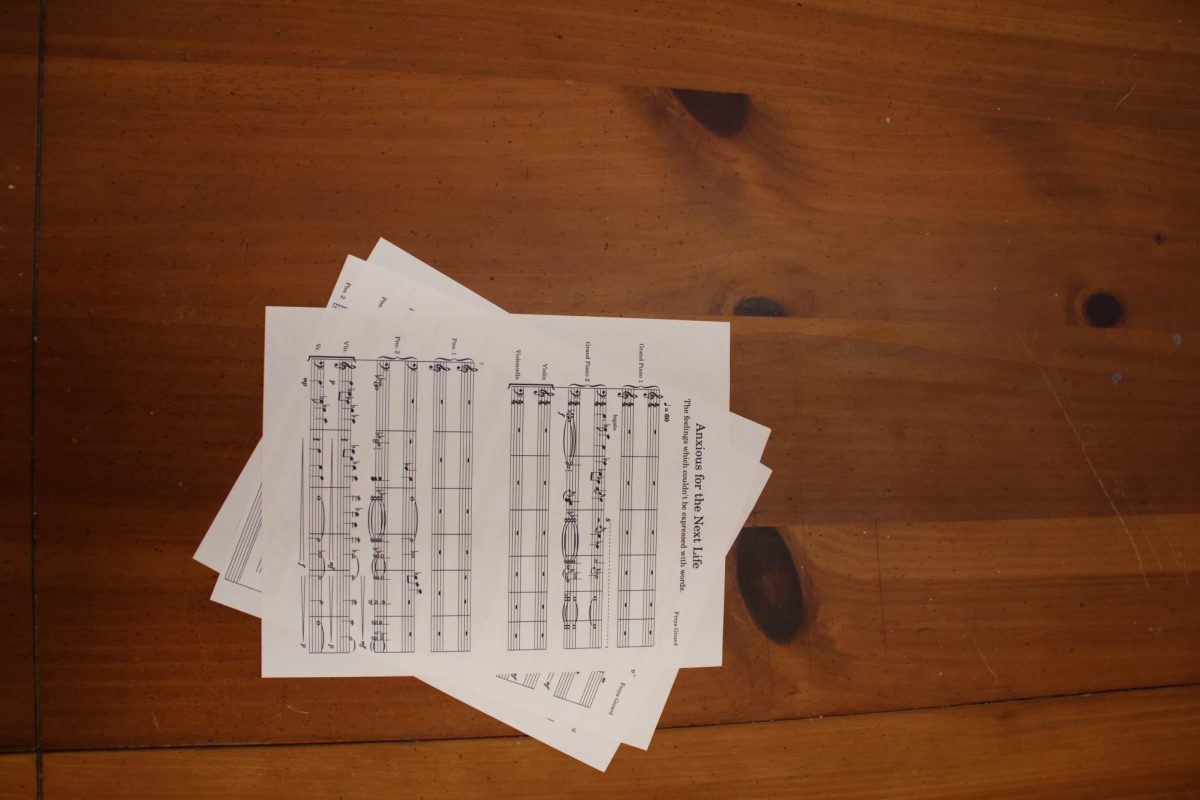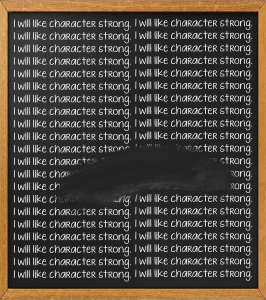ROARing too loud
District-wide attempt to promote good behavior proves unfit for high school environment, could be effective with changes
September 24, 2015
In anticipation of my senior year, I can honestly say I did not expect a 10-minute hand-washing seminar to be built in to my teachers’ curricula.
But hey, you never know.
Among the strenuous demands placed on students when they came back to school in August — from waking up at a decent hour to remembering locker combinations — they were first and foremost asked to “ROAR with Pride.”
Luckily for us, ROAR primarily demands students remember how to act like functional human beings. With mandates like “use inside voices” and “engage in non-aggressive conflict resolution” — things 80 percent of students understand according to KU studies — it seems that the bare-minimum is the new expectation.
However, as reflected in the morning announcements, paper tickets and in required class lessons, the school is painstakingly set on implementing the ROAR expectations, which isn’t necessarily a bad thing.
There are student behaviors that are destructive and need to be addressed. There are the kids who stop in the middle of the hallway without regard for the people behind them. Students shout disparaging slurs at each other during passing period. Students often treat the custodial staff like their personal butlers.
There may be a need for a program like ROAR to set clear expectations for every student. Asking teachers to specify those expectations could also be valuable to reinforcing the things students need to know.
The entire district has taken this into account, applying a child behavioral model created at KU to each of the schools. ROAR has equivalents at each of the USD 497 elementary, middle and high schools to teach students appropriate behavior.
However, as good as the intentions are, the program isn’t getting through to students. The material teachers were given to teach ROAR were inappropriate for and irrelevant to high school students.
First, it is astoundingly similar to the so-called CI3T material presented at the elementary level. It has not been updated properly for secondary students, which has made the effort into a mockery among many students.
Perhaps, there is no way to teach a class of high school students bathroom expectations without being condescending. But ROAR goes a step further with suggested bathroom role play options. For example:
“You go into a stall to use the toilet and the toilet has not flushed. What should you do?”
The entire program became a lot more difficult to take seriously once the bathroom was put on the list. And if there is anything teenagers don’t respond to well, it’s being talked down to.
Although teachers were instructed to tailor their ROAR lessons to their classes, they were given no material that seemed age-appropriate. While the role-plays could be amusing (so much so they inspired a script for the video at the top of the page) they undermine the very message ROAR is trying to reinforce by turning it into a joke among students.
The seven categories chosen, although apparently driven by teacher grievances, seem random and unnecessary.
For instance, lecturing a class about buses for 10 minutes seems like time poorly-spent when only two or three of those kids are likely to ride it on a daily basis.
And not to make too big of a deal about this, but asking students to give “Our best effort” in the bathroom is, aside from humorous, vague and confusing. Perhaps gross, too.
To be fair, I am not the first one to point out ROAR’s flaws. As well as students, teachers have recognized the strange and inappropriate requests of the program, and many chose not to address it at all.
In the first seven days of school when we were supposed to have a 10-minute lecture in each class, only two of my teachers addressed their theme at all.
No one was complaining, preparing for the next week’s quiz seemed more pressing than debating whether or not it’s OK to text in the bathroom. But in order for an initiative like ROAR to work, the entire staff needs to be able to get behind it.
What I personally take issue most with, however, are the ROAR tickets. I understand positive reinforcement can be a good tool to helping people learn expectations, but the way the tickets are geared is rewarding students for literally the bare minimum. And that can be damaging.
For many kids in high school, arguably some of the 20 percent that ROAR is supposed to be aimed at, LHS will be their last environment before entering the workforce. In the real world, you aren’t rewarded solely for not screwing things up. You aren’t hired or promoted for just showing up and appearing to do your job.
Why would we tell people who are learning how to be adults that it will be rewarded? I don’t understand.
However, I do think that what the coordinators of ROAR are trying to do could be beneficial. They just need to be re-geared to be appropriate and relevant.
Here may be some suggestions:
- Decide on categories that are relevant to most students. Instead of discussing buses, maybe we could spend that time discussing parking lot etiquette, study habits or how to get help with classwork.
- Present them in an age-appropriate manner. Although they’re fun, role-playing may have to be ruled-out. Instead, give teachers straightforward talking points that don’t undermine their audience.
- Reward people for going above-and-beyond opposed to adhering to basic expectations.
We would better equip students for their futures by teaching them to work hard for recognition.















